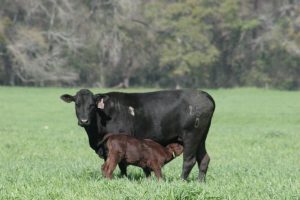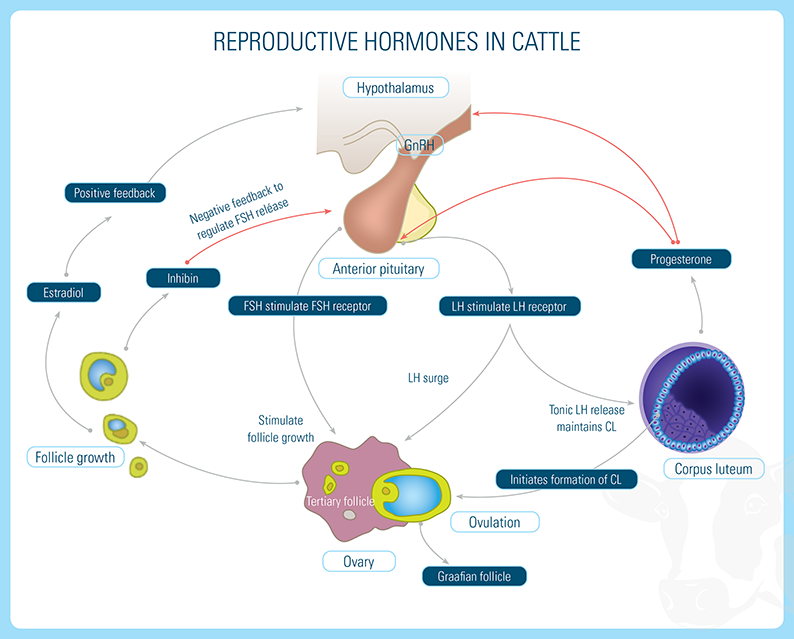 Back in 2003 the Discovery Channel rolled out Myth Busters and we all started looking at things we accepted as truth and asking if they were BUSTED or CONFIRMED! While there are few people in the cattle industry blowing things up on a daily basis (not on purpose), there are several practices and theories that get passed around that might not be 100% science-based! With breeding season sneaking up on us, let’s look at one of those “theories”.
Back in 2003 the Discovery Channel rolled out Myth Busters and we all started looking at things we accepted as truth and asking if they were BUSTED or CONFIRMED! While there are few people in the cattle industry blowing things up on a daily basis (not on purpose), there are several practices and theories that get passed around that might not be 100% science-based! With breeding season sneaking up on us, let’s look at one of those “theories”.
“Giving GnRH in the hip helps it work better because it is closer to where it needs to go (ovary).”
–
First, we need to be following BQA standards and not give any injections in the hip or rump of our cattle and while the logic may seem solid on this one, let’s look at the science. When we talk about injecting GnRH, those product names are Cystroelin, Factrel, Fertagyl, and Ovacyst. In synchronization protocols GnRH is used to result in ovulations. We commonly see it used at the beginning of a synchronization protocol or during a timed-breeding during A.I. programs.
Here is where things get interesting (brace yourself): GnRH does not cause ovulation. The injection of GnRH begins a cascade of events that lead to ovulation.

Photo from https://www.partners-in-reproduction.com/reproductive-hormones. Partners in Reproduction.
–
When we give an injection GnRH, within 2 to 4 hours there will be a release of LH (luteinizing hormone). LH is secreted from the anterior pituitary, a glad located beneath the sphenoid bone (in the head). LH then travels through the blood stream of the female, where it binds to the hormone receptors on the ovary and results in ovulation. If there are any follicles (a structure on the ovary that contain the ova or egg) larger than 10 mm on the ovary, the LH surge (that is a result of the GnRH injection) will stimulate ovulation. The whole process from injection to ovulation typically takes about 24 to 30 hours.
So, with this information, we now know that giving GnRH, or any other reproductive injection is just as effective in the neck. The key is to get it in the muscle, where there is good blood flow. AND the GnRH is not destined for the ovaries but in fact acts on the pituitary at the head of the cow! So, it I safe to say “This one is BUSTED!”
- Big Doe Contest Returns for 2025: A Growing Thanksgiving Tradition - November 14, 2025
- UF/IFAS Extension Panhandle Cattlemen’s College Announces Scholarship Opportunity for Florida Youth – Application Deadline September 15 - August 29, 2025
- Foot Rot Prevention and Treatment for Cattle - August 15, 2025
